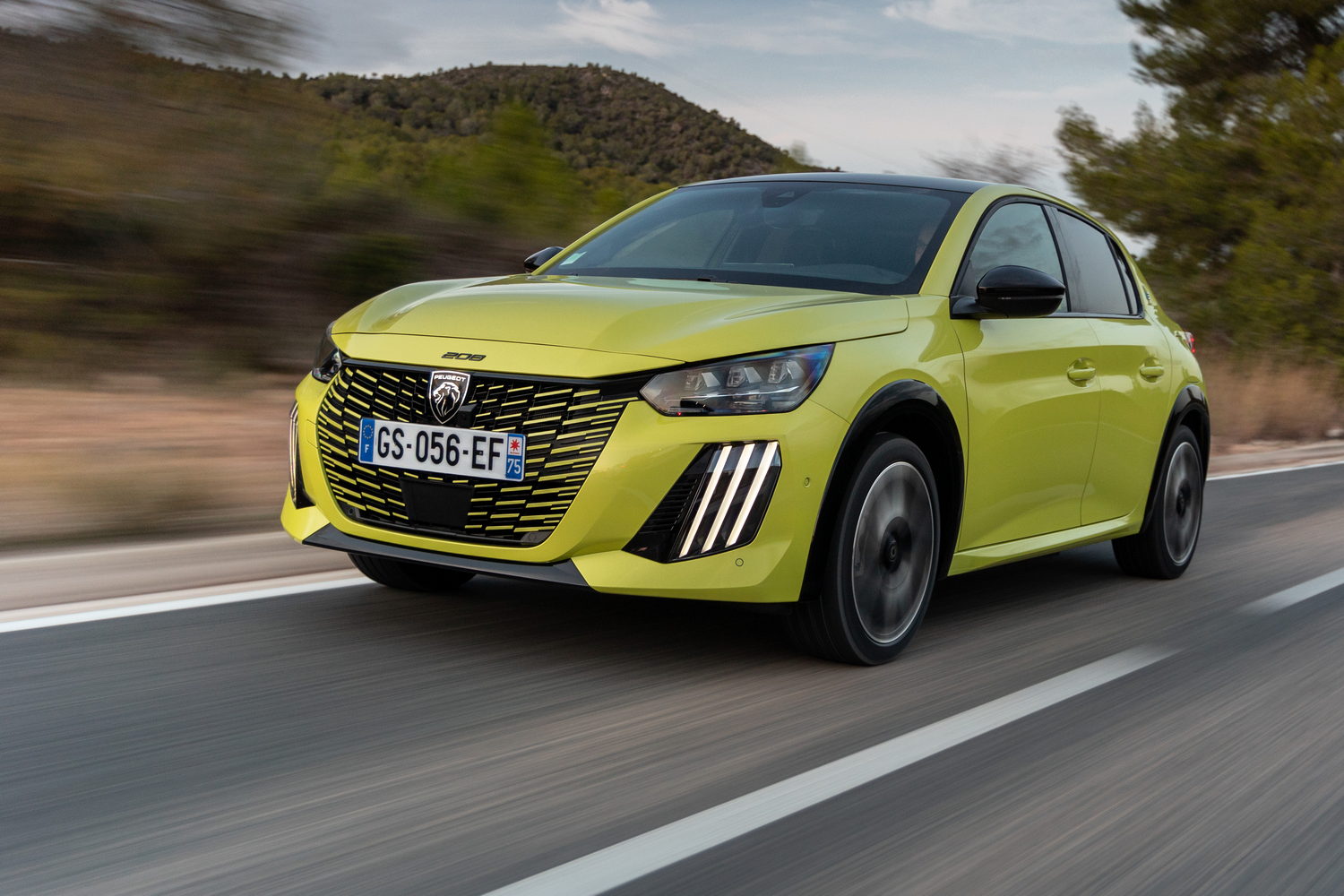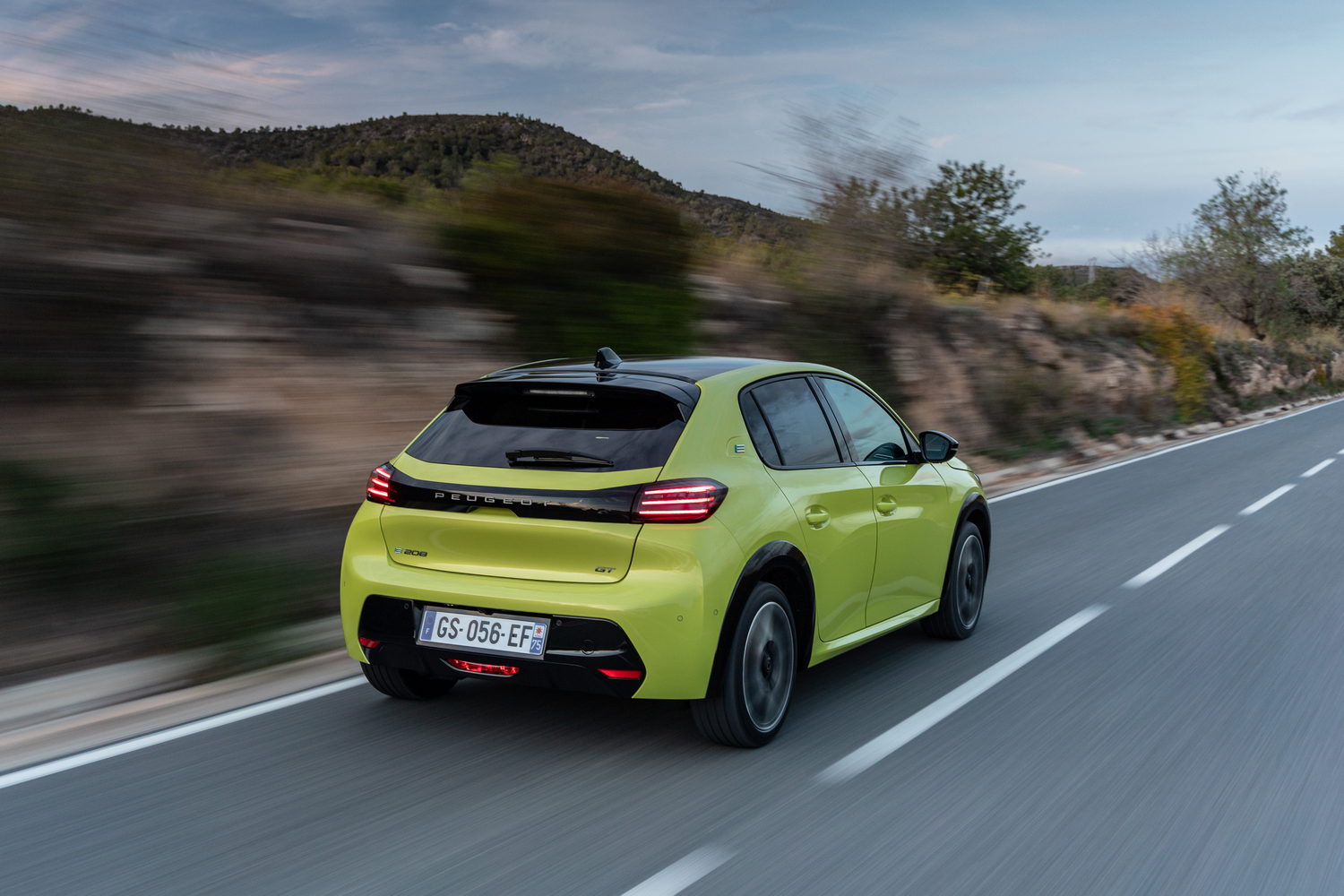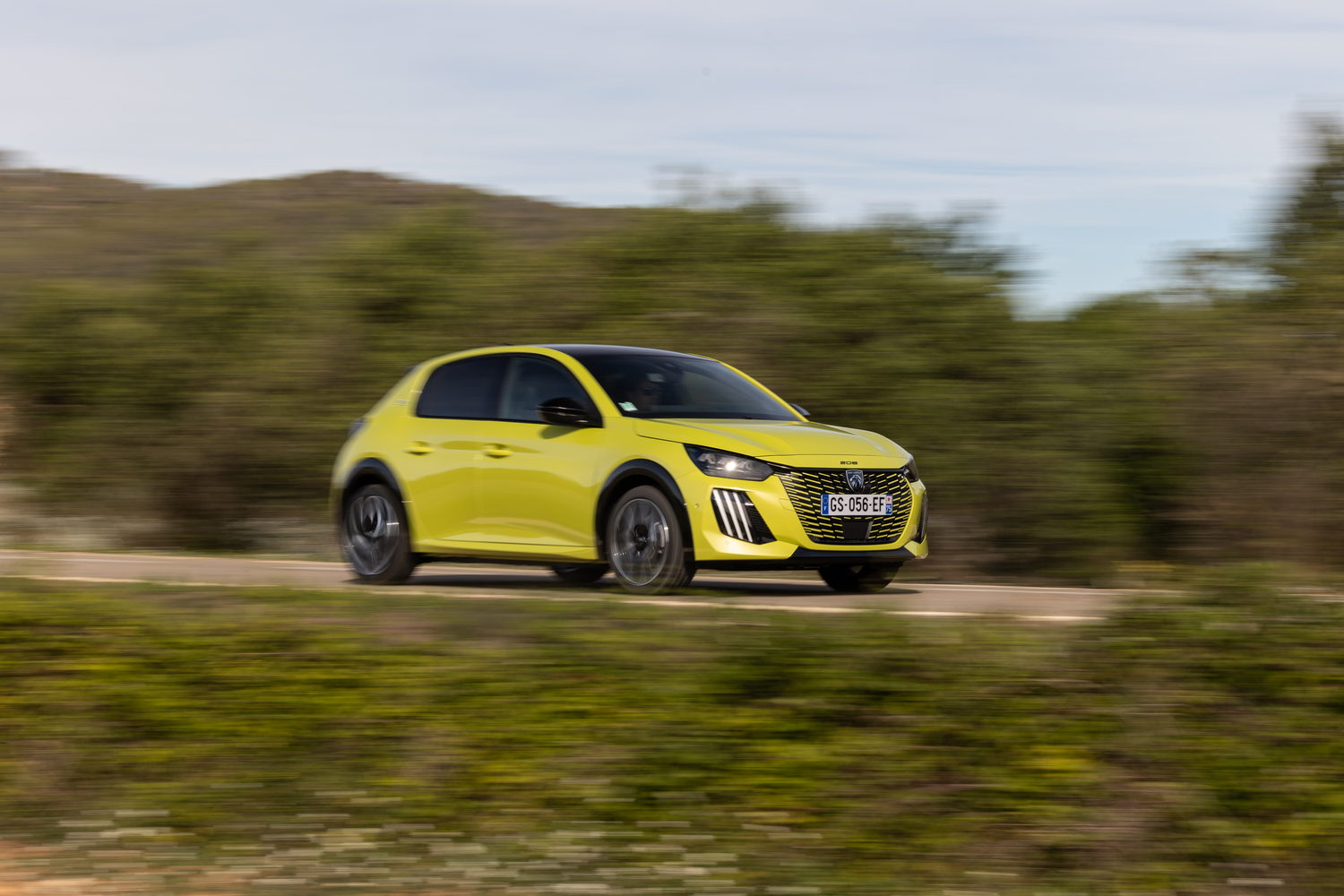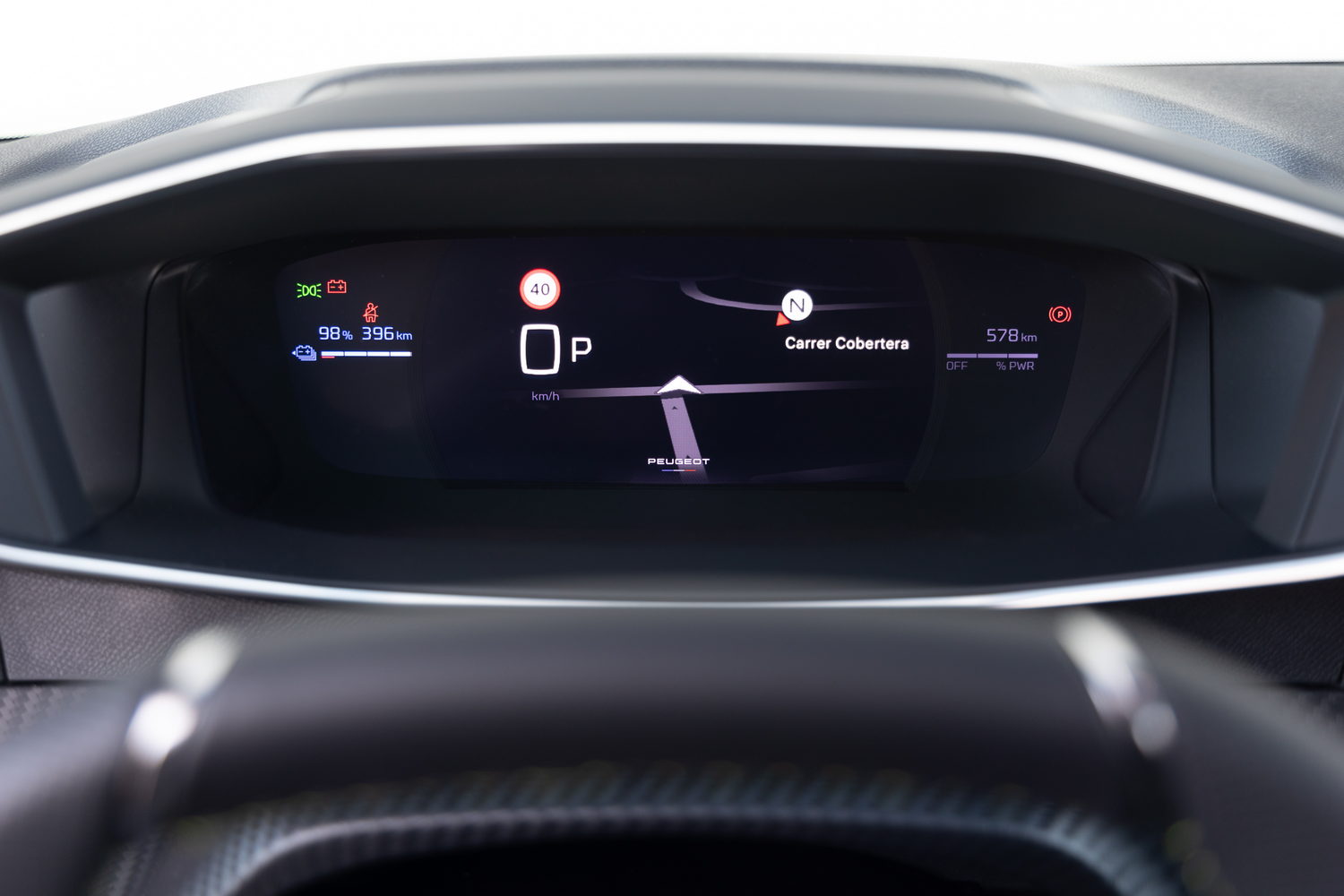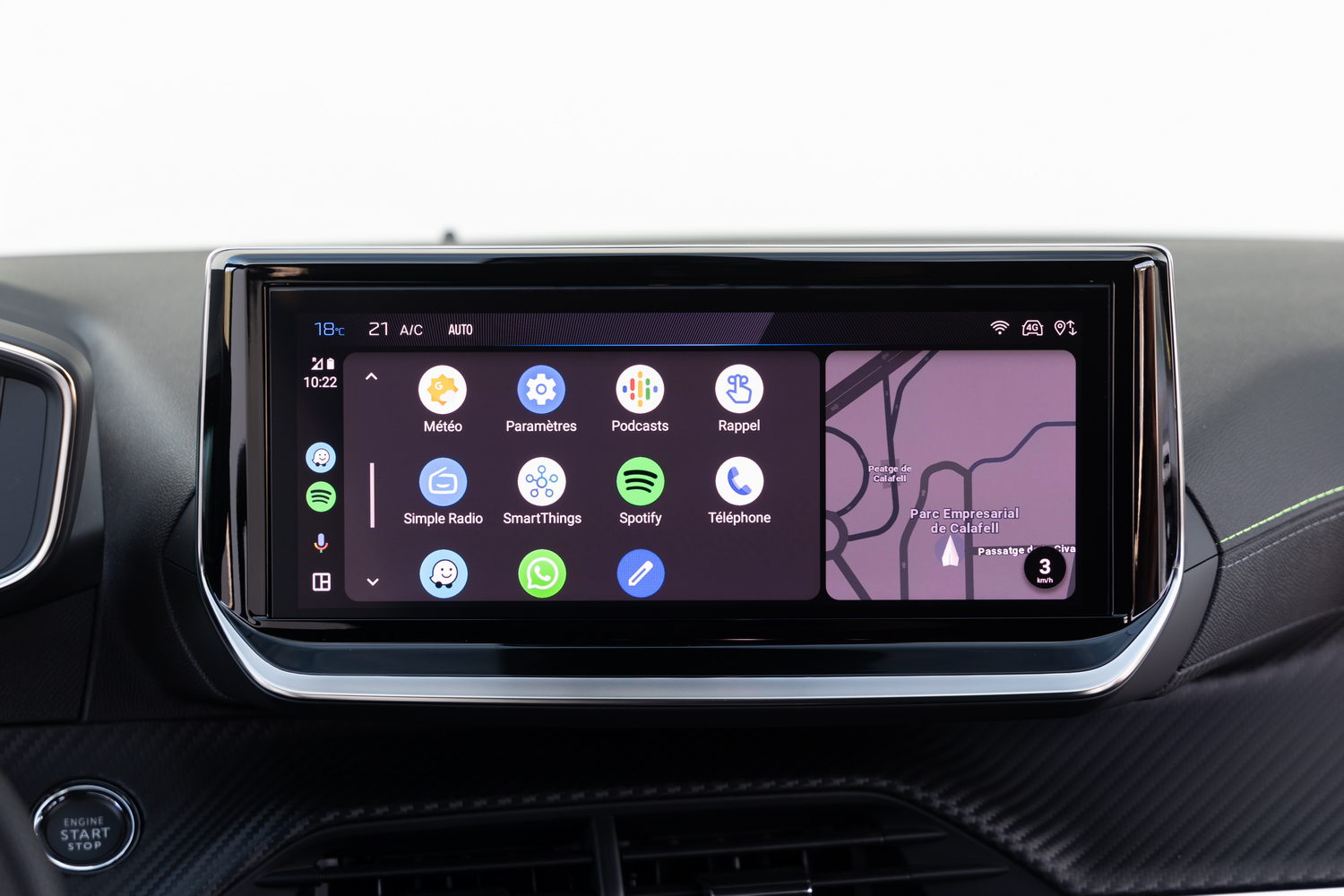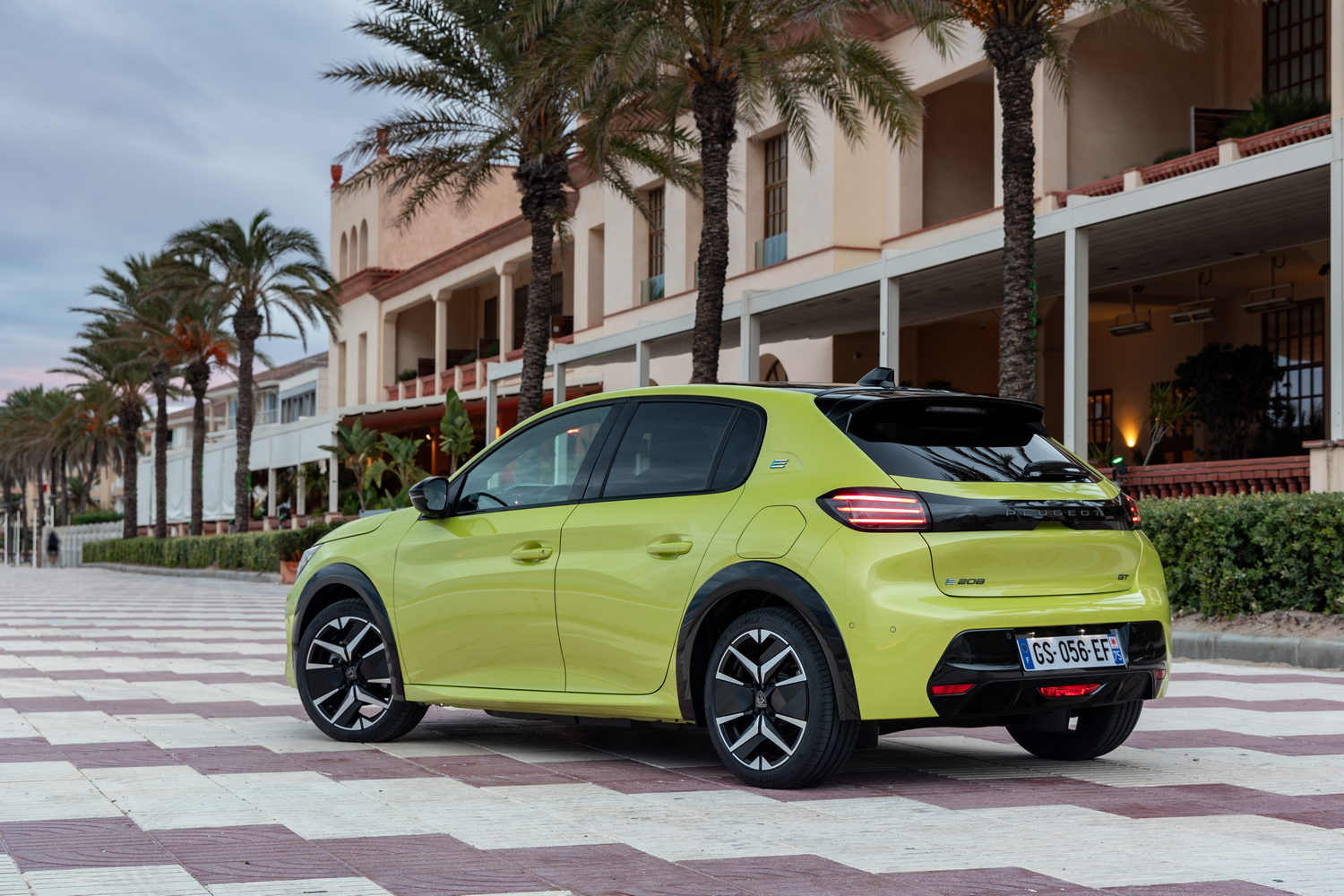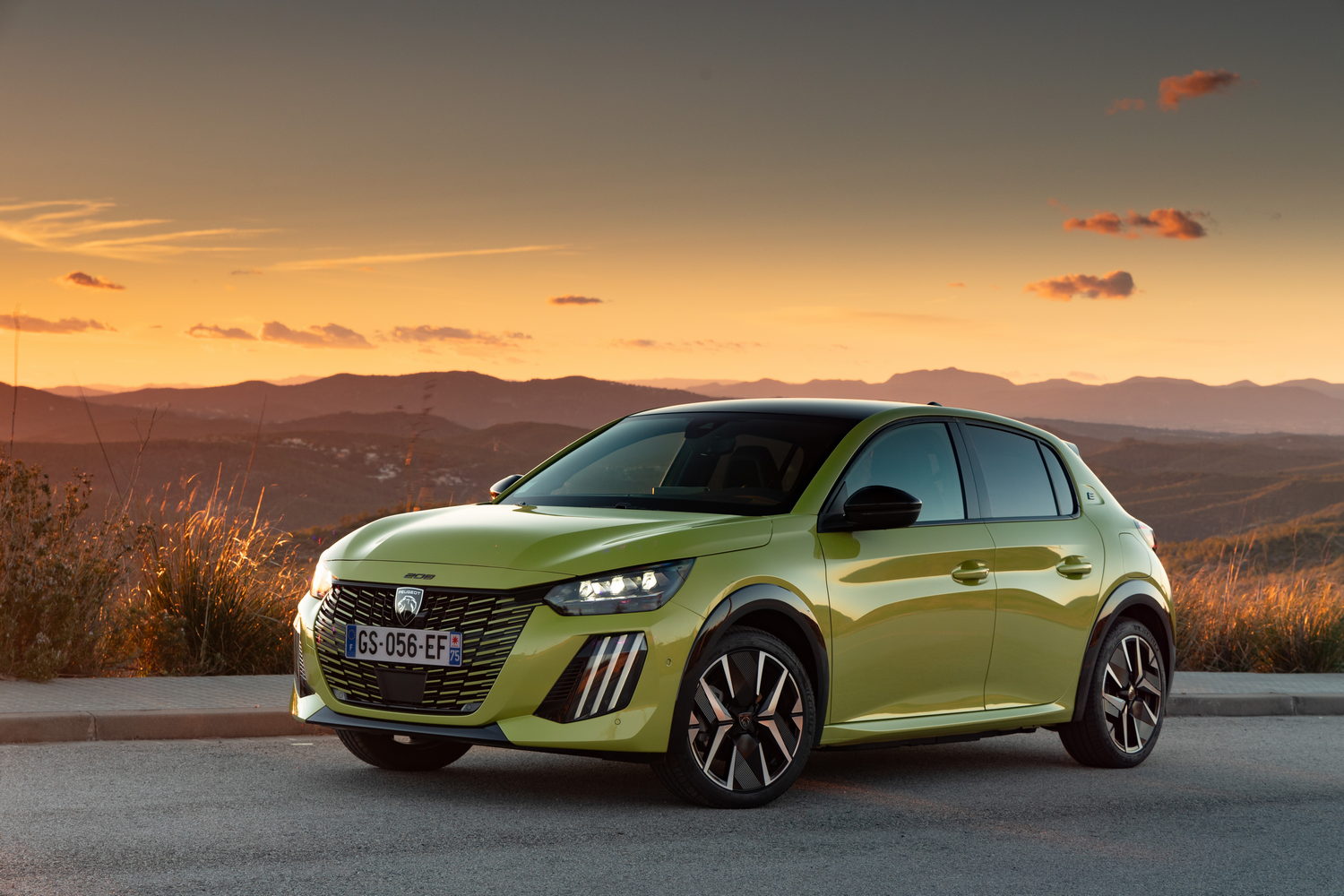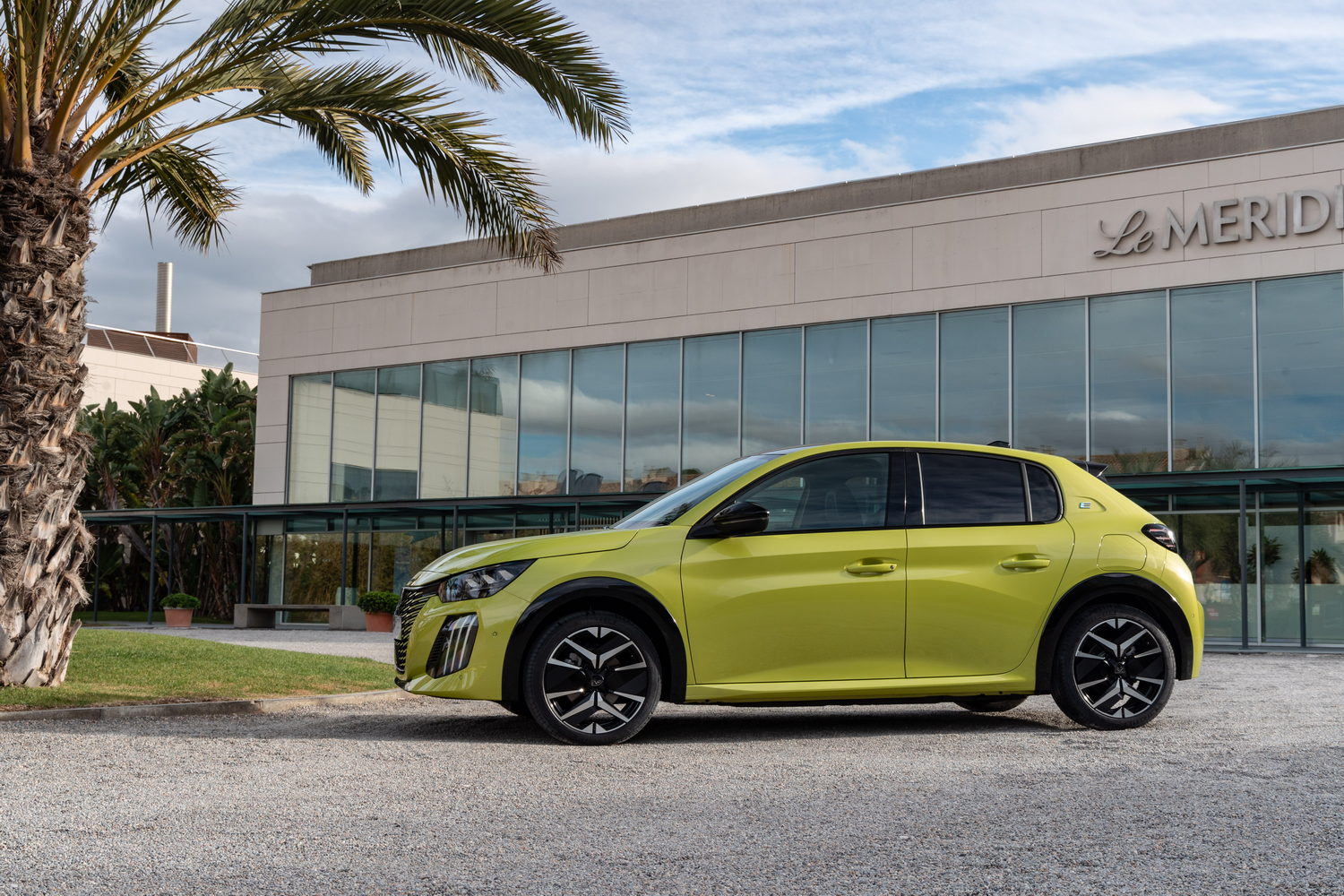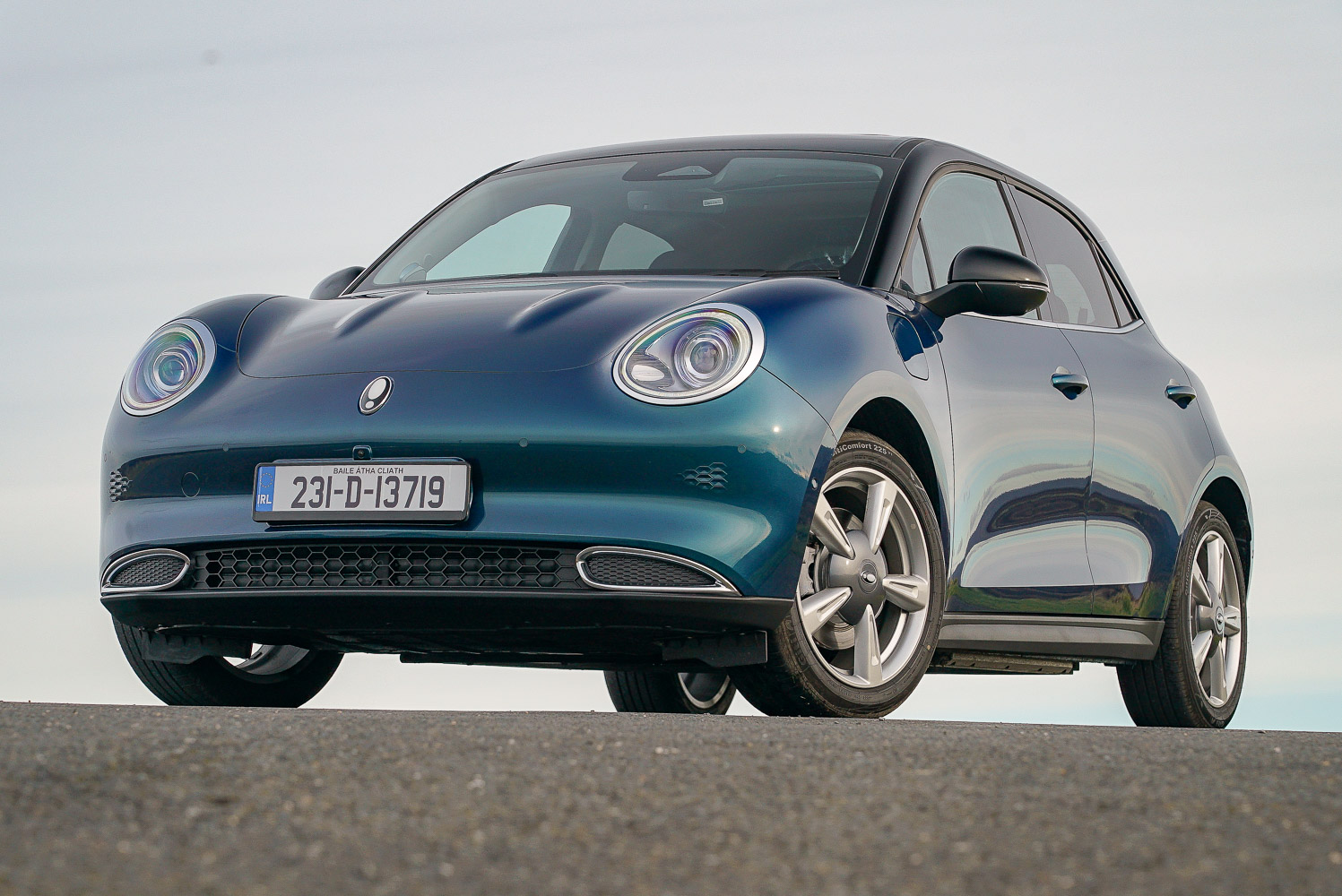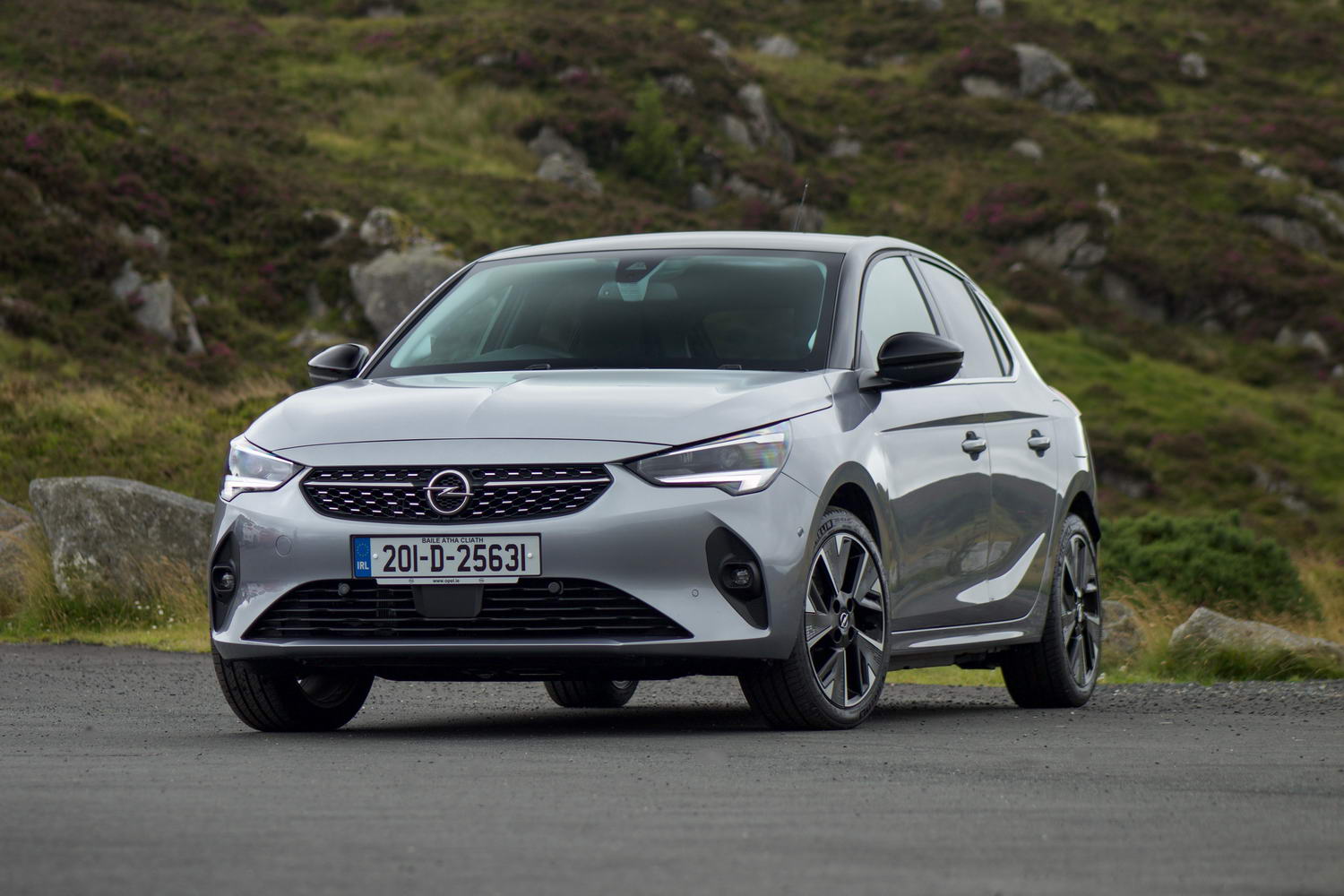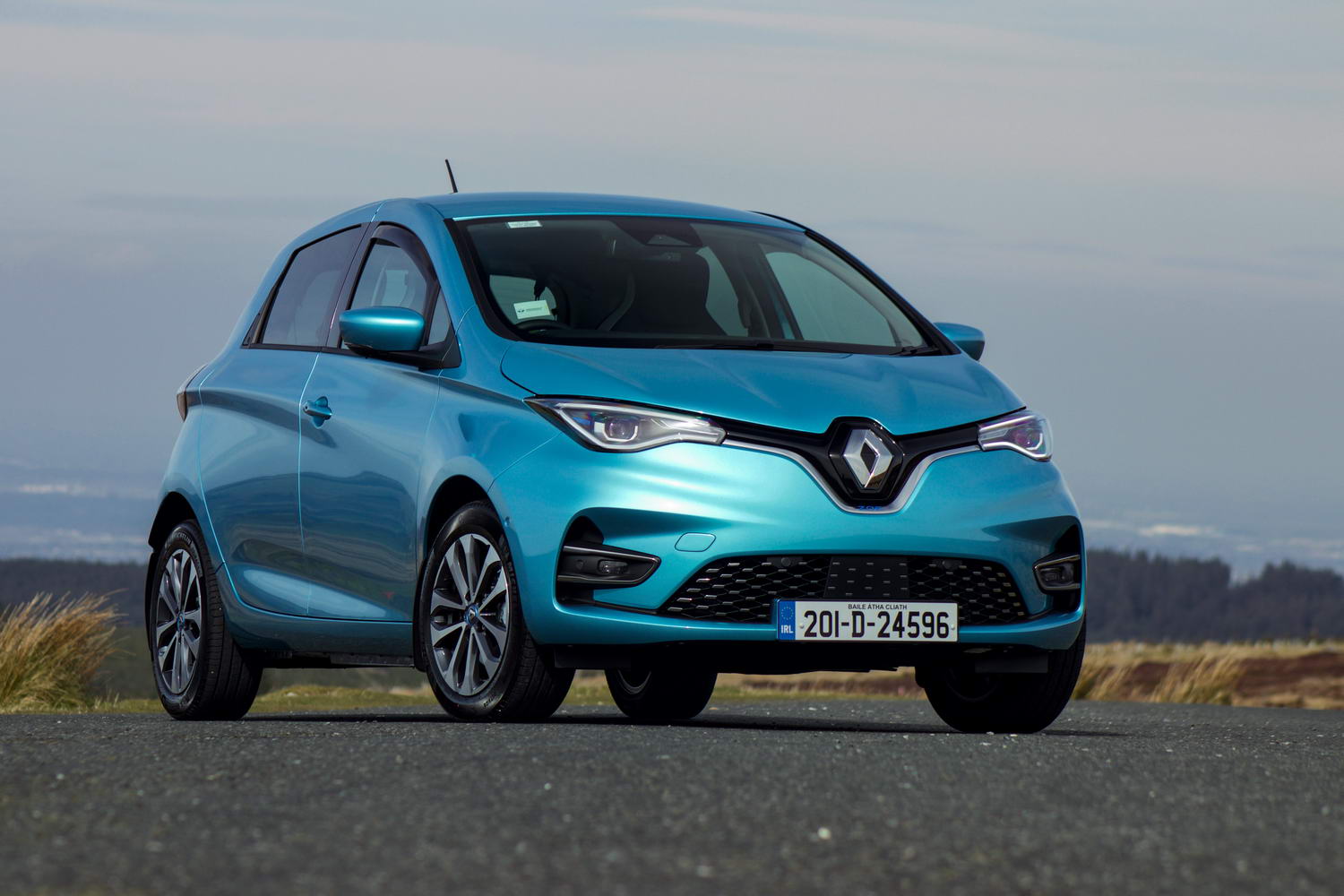With the Fiesta out of the picture (it's no longer in production, in case you missed it), numerous small hatchbacks are duking it out to hit the top of the tree. Peugeot's pitch involves taking the already compelling 208 and giving it a new face, but there's more to the update than that. This electric version - the car with which Peugeot is launching the new model - gets a new battery and motor, as well as some other minor upgrades. But will the new look, and the broad choice of powertrains on offer, be enough to put the Peugeot at the top of the class?
In the metal
On the surface, the changes to the Peugeot 208 design are relatively minor, but they add up to become more than the sum of their parts. Normally, we'd brush over the addition of a new grille and some fresh lights, and we certainly wouldn't take that much interest in a new logo, but the combination seems to suit the already attractive 208 very well indeed.
And there's function behind the form - at least to an extent. The new nose, for example, which uses body-coloured flashes in the grille area for a more blended, integrated design, is said to be more aerodynamic than before, which is especially important for the electric E-208 models. Then there are the new lights, combining updated main lamp clusters with the three-stripe daytime running lights that replace the old 208's 'fangs', and reworked bumpers. There was nothing wrong with the way the old car looked - it was already one of our favourite small car designs - but the new one is a marked improvement, particularly in high-end Allure and GT models.
That's good going for something that's essentially been given a new grille and new lights, but there is another fundamental factor in the 208's transformation, and that's the colour palette. It was already offered with a refreshingly vibrant selection of paint finishes, but Peugeot seems to have been emboldened, and the new, almost high-vis Agueda Yellow pictured here is certainly a striking addition to the palette. We think it looks great, and it's particularly well suited to the E-208.
Not that you can really tell the difference between an E-208 and the non-electric versions of the 208. There are a few E badges dotted around, but generally speaking, Peugeot likes to keep its electric offerings looking much the same as the petrol-powered alternatives.
And the design language remains much the same inside, where the E-208 continues to look similar to its sibling cars. And it's fairly similar to its predecessor, too, with a similar basic dashboard structure. There are some important tweaks, however, including the new touchscreen infotainment system and a revamped digital instrument display. There's a new drive selector, too, replacing the old lever with a kind of toggle arrangement, and there are some new dashboard 'hotkeys' for navigating your way around the new screen.
That's a task with which you'll definitely need some help, at least at first. The new screen looks sharper and more modern than the one that went before, but it's still blighted by confusing displays that aren't especially easy to navigate. The instrument cluster, on the other hand, is somewhat better, and we've no problem at all with the new gear selector.
Nor is there anything wrong with the way the new 208's cabin is built. As before, there are upmarket materials in there, and everything feels well stuck together. French cars aren't always known for their solidity, but Peugeot's cabins have improved massively in recent years, and this one is as robust as any. Sure, there are some cheaper materials kicking about - that's what you get in small cars when profit margins are tight - but they're carefully selected so you don't notice them too much.
The front seats are roomy enough, although Peugeot's insistence on fitting a tiny, low-set steering wheel and high-set gauges continues to make finding a comfortable driving position tricky depending on your size. Sitting four moderately tall adults in the 208 is possible, but we wouldn't want to spend long on the back seat. Particularly not with someone tall in front of us. For teenagers, though, it's probably fine.
Then there's the boot. The basic, petrol-powered 208 comes with a competitive 352-litre boot that puts it on a par with the Volkswagen Polo. It's more than roomy enough for most people's needs, but the E-208 suffers slightly because of all the tech under the boot floor. That robs it of some room, and though the 309-litre space that remains is hardly disastrous, it isn't quite as impressive as the petrol-powered car's capacity.
Driving it
Naturally, the focus is on the E-208's propulsion system, which has been lightly upgraded as part of the 208's revamp. But before we get on to that, let's not forget about the other options in the range. As before, there's a selection of 1.2-litre petrol engines with power outputs ranging from 75hp to 136hp, while the more powerful options - the 100hp automatic and the 136hp automatic - come with mild-hybrid assistance for a little more economy.
If you want low running costs, however, the E-208 is hard to beat. Peugeot has uprated the battery from 48kWh to 51kWh (that's the usable capacity), and fitted a new electric motor that produces 156hp - 20hp more than before. As a result, the E-208 feels pretty punchy, getting from 0-100km/h in just over eight seconds and offering instant acceleration at almost any speed. It's great for nipping in and out of traffic.
More importantly, it provides a reasonable electric range, covering between 346- and 372km on a single charge according to the official economy tests. In the real world, you're only likely to get anywhere near that around town, but that's the E-208's natural habitat. We have mixed feelings about the tiny steering wheel Peugeot seems to love so much, but the steering has a reasonable amount of feedback, and the small wheel does seem to help make the E-208 feel nippy and agile. It leans a little in corners and the tyres don't take much encouragement to start squealing, but it's great in urban environments. It's remarkably good fun to zip about in near-silence, darting from pillar to post (not literally) in an unmistakably French way.
But the E-208 does grown-up stuff, too. The ride is hardly a magic carpet, but it's more supple than most cars in this class can manage, and bumps are largely well absorbed. Admittedly, our continental test route was hardly reflective of the roads back home, but the car could only play the asphalt it was dealt, and it did so admirably.
Fast charging is also on the cards, with 100kW DC charging available as standard. That means, assuming you can find a charger beefy enough to provide that much power, you should be able to recahrge the E-208's battery from 20 to 80 per cent in less than half an hour. Even if you charge at home on a domestic 7.4kW wallbox, it'll be topped up easily overnight.
All of which makes the E-208 very competent as an urban runabout - a second car to sit alongside something roomier and more long-journey-orientated. But that doesn't mean the Peugeot is incapable of longer drives. Yes, there's quite a lot of wind and road noise at higher speeds, but that's only because there's no engine to mask the sound. With such supple suspension and a reasonable range, the E-208 should be amiable enough for those who drift out of town.
And for those who like a good country road, it's remarkably rewarding. Perhaps it's more fun than it is especially proficient, but the steering feels pleasantly meaty and there's enough grip to be getting on with. Either way, the E-208 has a little bit of joie de vivre.
What you get for your money
Peugeot is offering the E-208 in a choice of three different trim levels, with the basic Active coming in at €32,780. That's about €7,000 more than the standard 208, but you get plenty of equipment, including climate control and parking sensors. That said, the mid-range Allure will probably appeal to most customers, with its alloy wheels, 10-inch touchscreen and digital instrument display. The range-topping GT, meanwhile, gets a reversing camera, keyless entry and a wireless phone charger, but it costs almost €36,000.
Summary
The Peugeot 208 has always been among the best compact hatchbacks on the market, and this new version only serves to increase its appeal. It's fun to drive, reasonably comfortable and well made, and it looks great to boot. The choice of powertrains available should help its cause, too. Whether the E-208 suits you will depend on your circumstances, but it's an improvement on its predecessor, and that is certainly going to give it a fighting chance in an increasingly competitive market.

